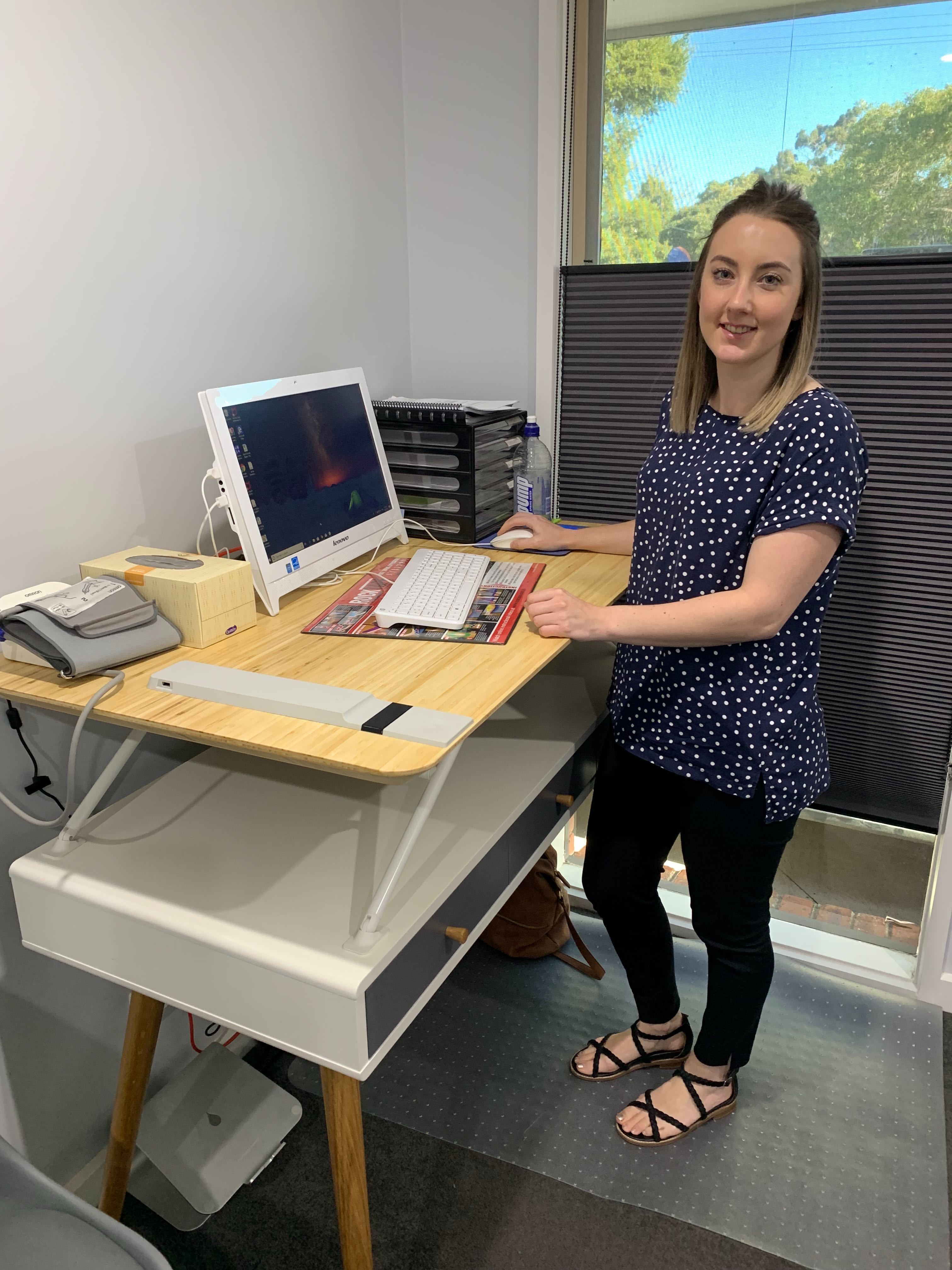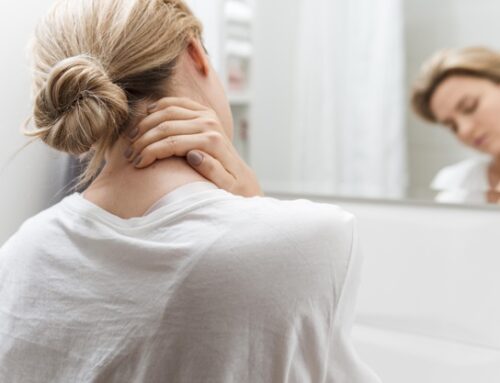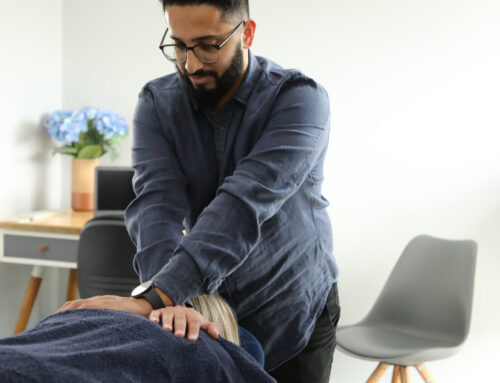Sitting places 40% more pressure on your spine than standing. This can increase to a whopping 90% more pressure if you’re also slouching when you sit!!
By now, some of you will have noticed the latest additions to our treatment rooms. We’ve decided to practice what we preach! All six treatment rooms and our reception, are fitted with sit/stand desks.
With technology evolving and making our lives significantly easier, it is coming at a cost to our health! Many adults will spend over 8 hours per day sitting at their desk, not to mention the extra hours spent sitting commuting to and from work, watching television and eating breakfast, lunch or dinner.
It is well known that this type of sedentary lifestyle can contribute to health implications and chronic illness, such as:
- Heart disease
- Diabetes
- Obesity or
- Cancer
Our bodies are designed to move for survival, so when we are sitting at our desks for long periods, this can lead to various problems including:
- Lower back pain: 1 in 6 Australians have suffered from lower back pain in their lifetime
- Neck & shoulder muscular strain
- Spinal stiffness
- Headaches
So, what are the benefits of standing? Research suggests standing may help with:
- Increased circulation
- Improving muscular strength
- Helps burn fat
- Stimulate brain productivity, mood and energy
- Prevent ill health and disease
The maximum amount of sitting per day should be limited to 4-6 hours.
If you find yourself sitting far longer than this, now is the time to assess different ways you can implement standing into your day. Here are a few tips from us:
- USE your sit/stand desk, changing position every 20-40 minutes (many people already have a sit/stand desk, but fail to take advantage of it!)
- Stand or walk during work meetings
- Take a walk or go to the gym on your lunch break, instead of cutting into you family time after work
- Set alarms on your phone to remind you to move
- Stand up to take calls
- Move your stationery, bin or printer further from your desk to encourage you to get up to access these items
So what are you waiting for? If you don’t have a sit/stand desk already, ask your employer if this is an option to improve your health and wellbeing. Alternatively, if you already have a sit/stand desk at work, track how many hours per day you’re currently sitting and create a challenge for yourself this week to reduce that!






